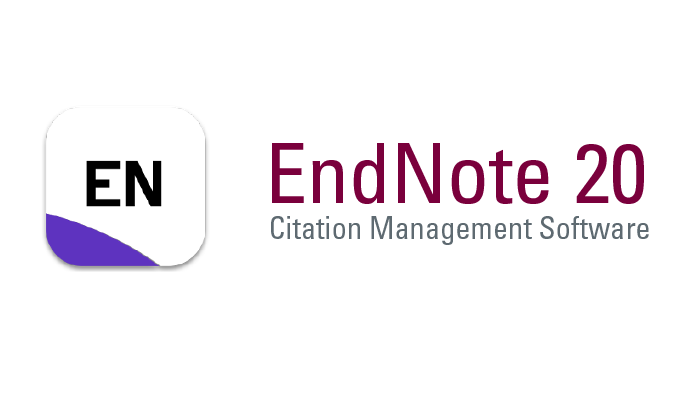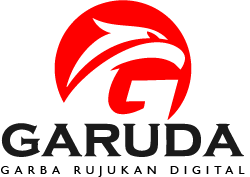TEKANAN UDARA DALAM PERSPEKTIF SAINS DAN AL-QUR’AN
DOI:
https://doi.org/10.47887/amd.v1i1.6Keywords:
Islamic science, al-Qur’anAbstract
The objectives of this study are: 1. To see the function of air pressure from a scientific perspective. 2. To see the function of air pressure in the perspective of the Qur'an. 3. To see the relationship between the study of the function of air pressure from a scientific perspective and the Koran. This study used qualitative research methods. The type of research used in this research is library research. The instrument in qualitative research is a person or human instrument, namely the researcher himself. As a human instrument in this study, researchers must have broad insight and theory in order to be able to ask, analyze, take pictures and construct the social conditions under study to be clearer and show. The technique of reading data that researchers use in library research is by reading, interviewing and triangulation. Research results: 1. Study of Air Pressure Function in Science Perspective is according to science air pressure is a force that moves air particles carrying air particles in the direction of the earth's force. 2. The study of the function of air pressure in the perspective of the Koran is based on the perspective of the Koran, the air pressure is described into the atmospheric layer which is described in QS: Al-An'am (6) verse 125. 3. The relationship between the study of the pressure function The air in the perspective of science and the Koran is the relationship between science and the Qur'an expressed as an integrated relationship. This integration can be described in two forms, namely natural theology (natural theology) which views scientific findings as a means of reaching God, and natural theology (theology of nature).
References
Abu Ja’far Muhammad ibn Jarir at-Thabari. (2007). Tafsir at-Thabari. Terj. Ahsan Askan. Vol. 1. Jakarta: Pustaka Azzam.
Ahmad As Shouwy dkk. (1997). Mukjizat al-Qur’an dan As-sunnah tentang IPTEK. Jakarta: Gema Insani Press.
Al-Ghazali, Syekh Imam. (2002). Keajaiban Dua Makhluk Allah. Surabaya: Pustaka Media.
An-Najjar. Prof. dr. Zaghlul. (2011). Sains Dalam Hadis. AMZAH: Jakarta.
Baiquni, Achmad. (1995). Al-Qur’an, Ilmu Pengetahuan dan Teknologi. Yogyakarta: Dana Bhakti Wakaf.
Barbour, Ian G. (2005). Menemukan Tuhan dalam Sains Kontemporer dan Agama, Bandung: Mizan.
Bucaille, Maurice. (1979). Bibel, Al-Qur’an dan Sains Modern. Jakarta: Bulan Bintang
Giancoli, (2001), Fisika Dasar, Jilid 2 Edisi Kelima, Penerbit Erlangga, Jakarta.
Halim, Abdul. M. (2002). Memahami al-Quran Pendekatan Gaya & Tema. Bandung: Penerbit Marja’
Imani, Allamah Kamal. (2006). Tafsir Nurul Qur’an. Jakarta: Nurul Huda
Kementrian Agama RI. (2010). Penciptaan Bumi Dalam” Perspektif al-Quran & Sains”. Lajnah Pentashilan Mushaf al-Quran
Kementrian Agama RI. (2010). Penciptaan Manusia dalam Perspektif al-Quran & Sains”. Lajnah Pentashihan Mushaf al-Quran
Mestika Zed. (2017). Metode Penelitian Kepustakaan. Jakarta: Yayasan Pustaka Obor Indonesia
Mulyatno. (2014). Materi Pokok Fisika Umum. Tangerang Selatan: Universitas Terbuka
Nasi, Ar-Rifai. M. (2000). Kemudahan dari Allah Ringlasan Tafsir Ibnu Katsir. Jilid ke-3. Jakarta: Gema Insani Press.
Purwanto, Agus. (2008). Ayat-ayat Semesta Sisi al-Qur’an Yang Terlupakan. Bandung: Mizan
Shihab, Quraish. M. (2002). Tafsir Al-Misbah Pesan, Kesan & Keserasian al-Quran. vol.11 Jakarta: Lentera Hati
Sugiyono. (2016). Metode Penelitian Kuantitatif, Kualitatif, dan R&, Bandung: Alfabeta.
Downloads
Published
How to Cite
Issue
Section
License
Copyright (c) 2021 Nuraini Fatmi

This work is licensed under a Creative Commons Attribution-ShareAlike 4.0 International License.
Authors retain copyright and grant the journal right of first publication and this work is licensed under a Creative Commons Attribution-ShareAlike 4.0 that allows others to share the work with an acknowledgement of the works authorship and initial publication in this journal.
All articles in this journal may be disseminated by listing valid sources and the title of the article should not be omitted. The content of the article is liable to the author.
Authors are able to enter into separate, additional contractual arrangements for the non-exclusive distribution of the journal's published version of the work (e.g., post it to an institutional repository or publish it in a book), with an acknowledgment of its initial publication in this journal.
Authors are permitted and encouraged to post their work online (e.g., in institutional repositories or on their website) prior to and during the submission process, as it can lead to productive exchanges, as well as earlier and greater citation of published work.
In the dissemination of articles by the author must declare the Al-Madaris Jurnal Pendidikan dan Studi Keislaman as the first party to publish the article.














